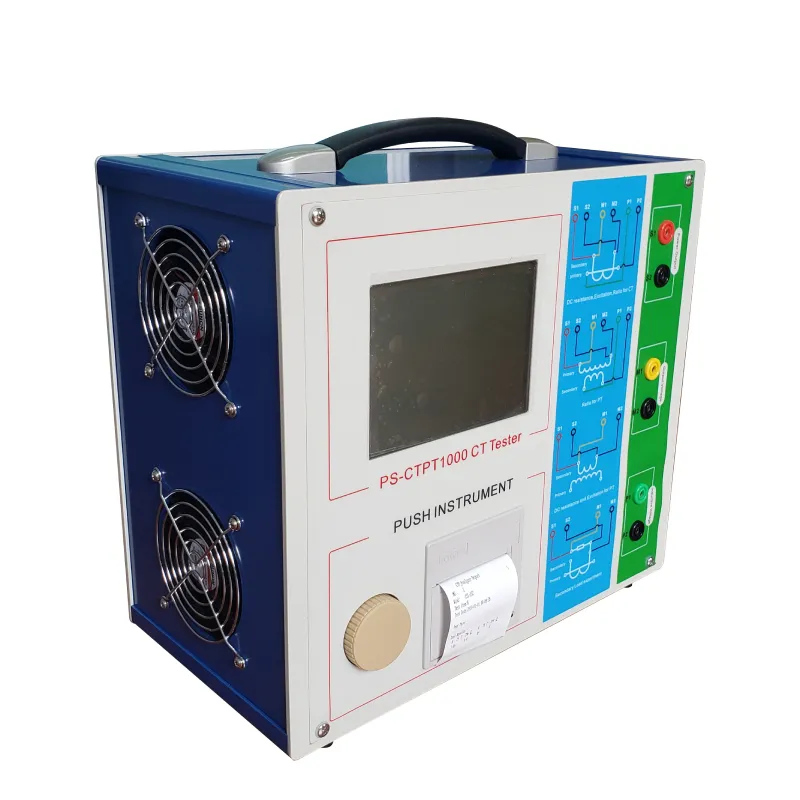 English
English


Understanding Furnace Transformer Testing Procedures and Techniques for Optimal Performance Evaluation
The Importance of Furnace Transformer Testing
Furnace transformers play a crucial role in numerous industrial applications, particularly in heating processes used for manufacturing metals and other materials. These transformers are designed to handle high currents and voltages, supplying the necessary energy to power electric furnaces. Given their significant role, it is paramount to ensure that furnace transformers operate efficiently and safely. One of the most effective ways to achieve this is through comprehensive testing.
Understanding Furnace Transformers
A furnace transformer is specifically engineered to step down high voltage from the utility supply to a lower voltage that is usable for electric furnaces. These transformers are typically robust and built to withstand extreme conditions—including high temperatures and electrical loads. They convert electricity into a form that can efficiently heat materials, playing a pivotal role in processes such as melting, forging, and reshaping metals.
Why Testing is Essential
Furnace transformer testing is essential for several reasons
1. Safety High-voltage operations carry inherent risks. Regular testing can help identify potential failures before they can lead to catastrophic incidents, thus ensuring the safety of personnel and equipment.
2. Performance Efficiency Over time, transformers can lose efficiency due to wear and tear or environmental factors. Testing allows for the identification of issues that can degrade performance, allowing for timely maintenance and adjustments.
3. Longevity Just like any other equipment, furnace transformers have a finite lifespan. By testing and maintaining them properly, operators can extend their functional life, thus providing better value over time.
furnace transformer test

4. Compliance with Standards Many industries are governed by strict regulations regarding safety and performance. Regular testing ensures that furnace transformers meet these standards, helping companies avoid fines and legal issues.
Common Testing Methods
There are several methods used to test furnace transformers
- Insulation Resistance Testing This method assesses the condition of the insulation within the transformer. Low insulation resistance can indicate potential breakdowns and failures.
- Power Factor Testing This measures the efficiency of the transformer. A lower power factor suggests that the transformer is not operating effectively, which can lead to increased energy costs and operational inefficiencies.
- Thermal Imaging This is a non-invasive technique that helps identify hot spots within the transformer. Elevated temperatures can indicate underlying issues that need to be addressed.
- Frequency Response Analysis This method evaluates the transformer's response to various frequencies. Changes in response can help identify mechanical issues or deterioration over time.
Conclusion
Furnace transformers are a vital component of many industrial processes, and their reliability is paramount to ensuring operational success. Through regular and thorough testing, companies can maintain the safety, efficiency, and longevity of their transformers. In doing so, they not only protect their investments but also foster a safer working environment for their employees. As technology continues to evolve, incorporating advanced testing methods can offer even more precise insights into the health and performance of furnace transformers, paving the way for more efficient industrial operations in the future. It is clear that investing in transformer testing is not merely a good practice; it is essential for the sustainable success of any operation that relies on high-voltage systems.
-
Differences between open cup flash point tester and closed cup flash point testerNewsOct.31,2024
-
The Reliable Load Tap ChangerNewsOct.23,2024
-
The Essential Guide to Hipot TestersNewsOct.23,2024
-
The Digital Insulation TesterNewsOct.23,2024
-
The Best Earth Loop Impedance Tester for SaleNewsOct.23,2024
-
Tan Delta Tester--The Essential Tool for Electrical Insulation TestingNewsOct.23,2024





